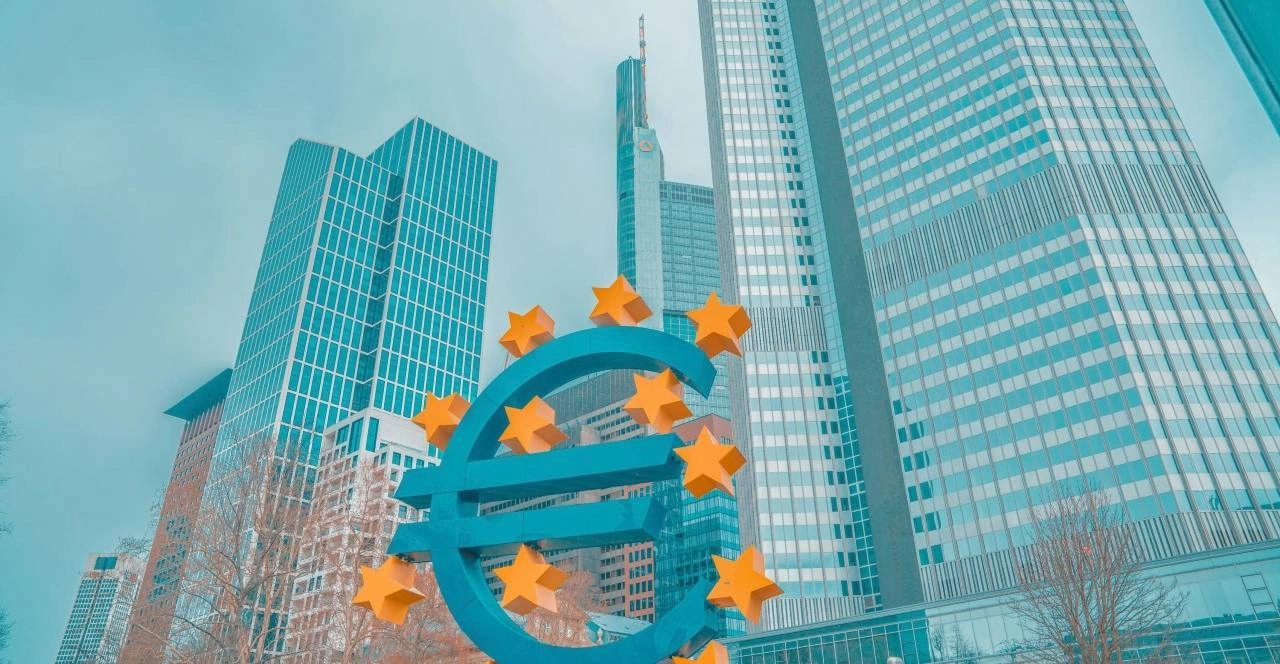The European Union’s (EU) climate regulations will be further tightened over the coming years. With the introduction of the EU Emissons Trading System 2 (ETS2), emissions trading will be extended to sectors that are not covered by the existing ETS1. This will directly affect organisations that rely on fossil energy sources, including companies in industry, construction, logistics and mobility across EU Member States.
From 2028 onwards, the costs of emission allowances will increasingly be reflected in fossil energy prices. Companies that already monitor and work to reduce their emissions effectively will be better prepared for these rising costs.
Why is ETS 2 being introduced?
The European Union aims to include both the built environment and road transport in its effort to reduce greenhouse gas emissions. Together, these sectors account for a significant share of Europe’s total emissions. Through ETS2, the EU aims to reduce emissions in these sectors by 42% by 2030 compared to 2005.
The system follows the cap-and-trade principle: an annually decreasing cap on total emissions, combined with the ability for companies to buy and sell emission allowances.
Who will be affected?
Instead of targeting a single country or sector, the new obligations will apply across the EU, mainly to fuel and energy suppliers. They will be required to:
- Register and report to national authorities on the delivered volumes of fossil fuels, and;
- Purchase and return sufficient emission allowances each year in line with national and European rules.
Implications for businesses
Suppliers of fossil fuels and natural gas within the EU may pass on the cost of emission allowances to their customers. As a result, the prices of both transport fuels and natural gas for buildings will rise.
In several EU Member States, estimates suggest that petrol and diesel prices may increase by severalcents per litre, while heating costs for natural gas could rise from 2027 onwards – depending on national energy market conditions.
These additional costs strengthen the financial incentive to save energy and switch to sustainable alternatives. Companies that have insight into their emissions and reduce them structurally can limit the impact of ETS2 and strategically anticipate future price developments.
The role of the CO₂ Performance Ladder
ETS2 underscores the importance of reliable emissions data and structural reduction. The CO₂ Performance Ladder offers organisations a practical and verifiable framework for this purpose:
Transparency: clear insight into emission sources and energy consumption.
Cost control: structural CO₂ reduction lowers energy use and future ETS-related costs.
Accountability: a system for reporting to clients, shareholders and regulators.
In addition, the European Commission is developing a compensation mechanism for cases in which ETS2 costs are incorrectly passed on. The Ladder can support organisations by documenting sustainable energy use transparently and in a verifiable manner.
Looking ahead
The introduction of ETS2 marks an important next step in European climate policy. The system increases the financial responsibility of fuel suppliers and encourages companies to invest in sustainability.
For organisations, this presents both a challenge and an opportunity: those that act now on emission reduction, energy efficiency and transparent reporting will be better prepared for future CO₂ costs. The CO₂ Performance Ladder helps organisations take these steps in a robust and verifiable way.
What is an Emissions Trading System (ETS)?
An emissions trading system (ETS) is a market mechanism that limits the total amount of greenhouse gases a government allows. Authorities set an emissions cap that decreases annually. Each tonne of CO₂ requires one emission allowance. Companies must turn in allowances according to how much they emit and can buy or sell them on the market (cap and trade).
This ensures that emissions have a price: the more an organisation emits, the higher its costs. As a result, companies are encouraged to invest in energy efficiency and sustainable alternatives.


